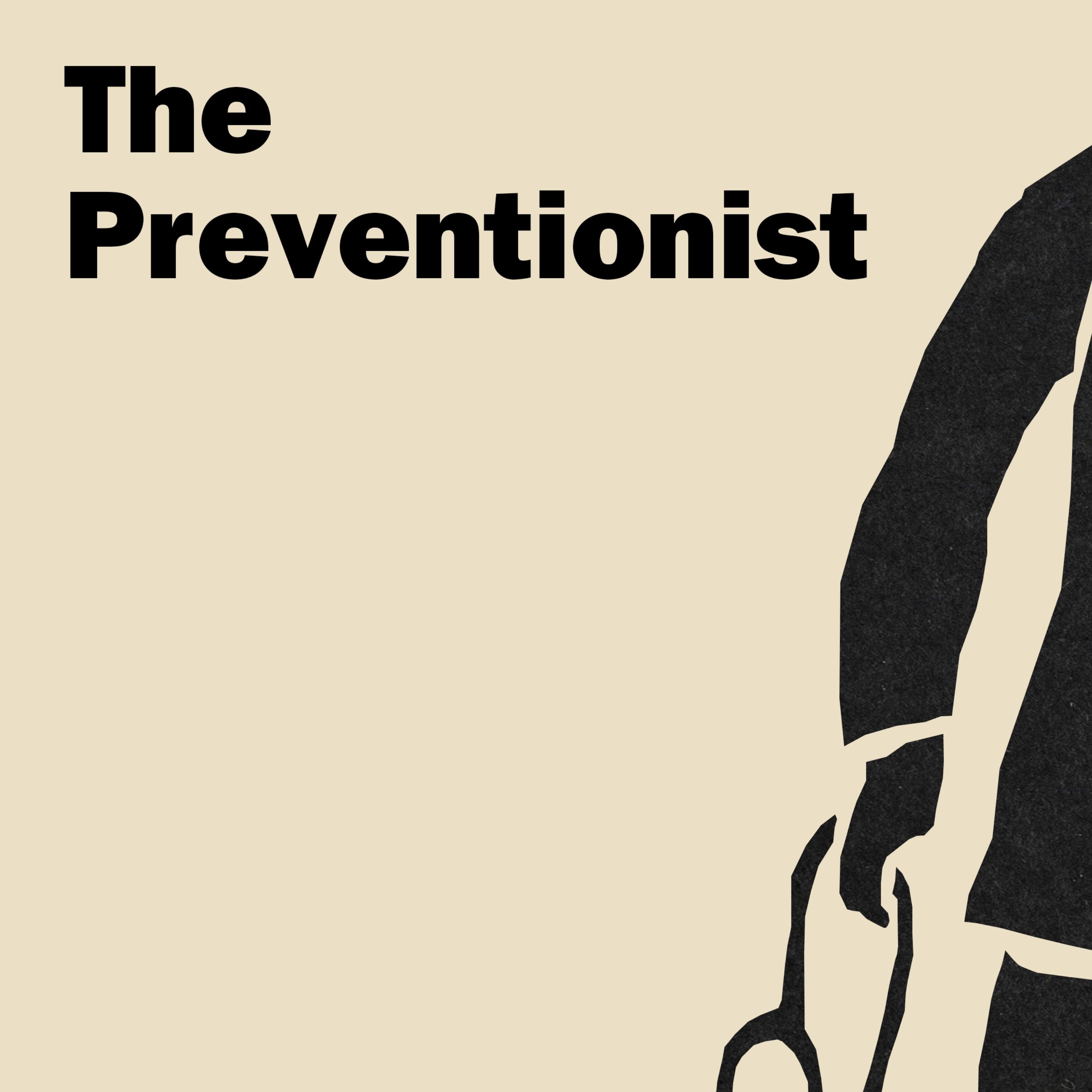The Coldest Case In Laramie - Trailer
Press play and read along
Transcript
Speaker 1
Hello, serial listeners. Sarah Koenig here.
I want to let you know about our newest show. It's called The Coldest Case in Laramie.
Kim Barker tells this story.
Speaker 1
She's an investigative reporter with the New York Times. She's covered campaign finance and wars.
She has lived all over the world.
Speaker 1 But in this show, Kim tries to get to the bottom of something that happened in Laramie, Wyoming, back when she was a high school student there.
Speaker 1 She tracks sources down, one leading to the next, leading to the next. You are learning information the same time Kim does.
Speaker 1 And maybe because her interest is pure, or maybe because Kim is kind, all these people open up to her in unpredictable ways. The show has a noble, straight-ahead tone that I love.
Speaker 1 It's right there in the title, The Coldest Case in Laramie. You can listen to all eight episodes next week, starting February 23rd.
Speaker 1 Just search for the title, The Coldest Case in Laramie, and then you can subscribe wherever you get your podcasts. Here's Kim with a trailer.
Speaker 2 Years ago, when I was a teenager, I lived in Laramie, Wyoming.
Speaker 2 I've always remembered it as a mean town, uncommonly mean, a place of jagged edges and cold people.
Speaker 2 Where the wind blew so hard, it actually whipped pebbles at you, actually pushed trucks off the highway.
Speaker 2 Laramie stood at an elevation of more than 7,000 feet and got so socked in by winter storms, it felt like we were trapped, like there was no way out.
Speaker 2
The town's only high school, Laramie High, was grim even by normal high school standards. One of my classmates killed someone.
Other students killed themselves.
Speaker 2 Some boys were held down and branded with letters, like they were livestock. Coaches who caught guys fighting in the hallways made them fight for real, in a makeshift ring.
Speaker 2 But the main reason that Laramie has always stuck with me, the defining cruelty in a litany of them, was a young woman I never met, named Shelly Wiley.
Speaker 2 In the fall of 1985, when I was a high school sophomore, Shelly was murdered in her apartment. She graduated from Laramie High just a few years before I got there.
Speaker 2 She was 22, white, a pretty brunette, living a version of the life my friends and I imagined for ourselves one day.
Speaker 2
I remember the shock of her murder arriving at my high school. Some students became suspects.
Others played the guessing game. Shelley's murder was never solved.
Speaker 2 Every few years, after I moved away, after I became a reporter, I'd search her name for news, almost as an idle reflex. There was never anything.
Speaker 2 Until 2016.
Speaker 2
31 years after Shelley's murder, there was a development. The police arrested a former Laramie cop for the murder.
The evidence against him seemed overwhelming.
Speaker 2 On the night Shelley was killed in 1985, witnesses placed him at the scene. His blood had been found there, too.
Speaker 2 And after being confronted with DNA evidence in 2016, he had even told police that, quote, I'm not denying that I did it, and I killed a girl.
Speaker 2
But then, just a few months later, prosecutors dropped the charges against him. Which means a former cop had been arrested.
His DNA had been found at the scene.
Speaker 2 He'd even, apparently, given something like a confession. And then nothing?
Speaker 2 The whole thing seemed so laramy.
Speaker 2 I doubted this was the story my editor would be into. A 36-year-old cold case for my time in high school and might have a perfectly reasonable explanation for where it stood.
Speaker 2 But I figured, what's the harm in making some calls, pulling some string, a little side project that turned into a full-fledged reinvestigation of the case, and the people, and the place I thought I understood.
Speaker 2 From Serial Productions in the New York Times, it's the coldest case in Laramie. Coming on February 23rd, listen wherever you get get your podcasts.





